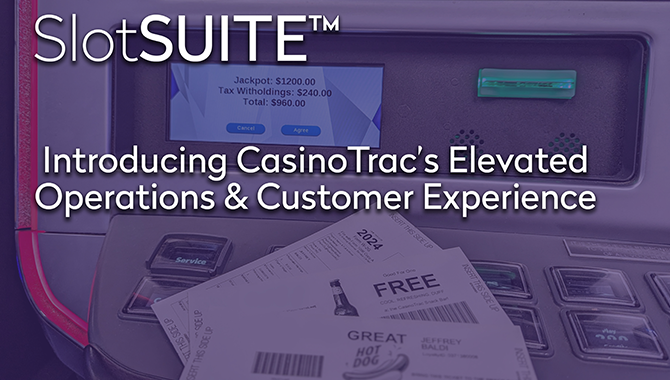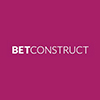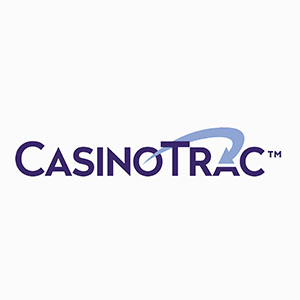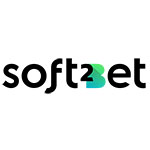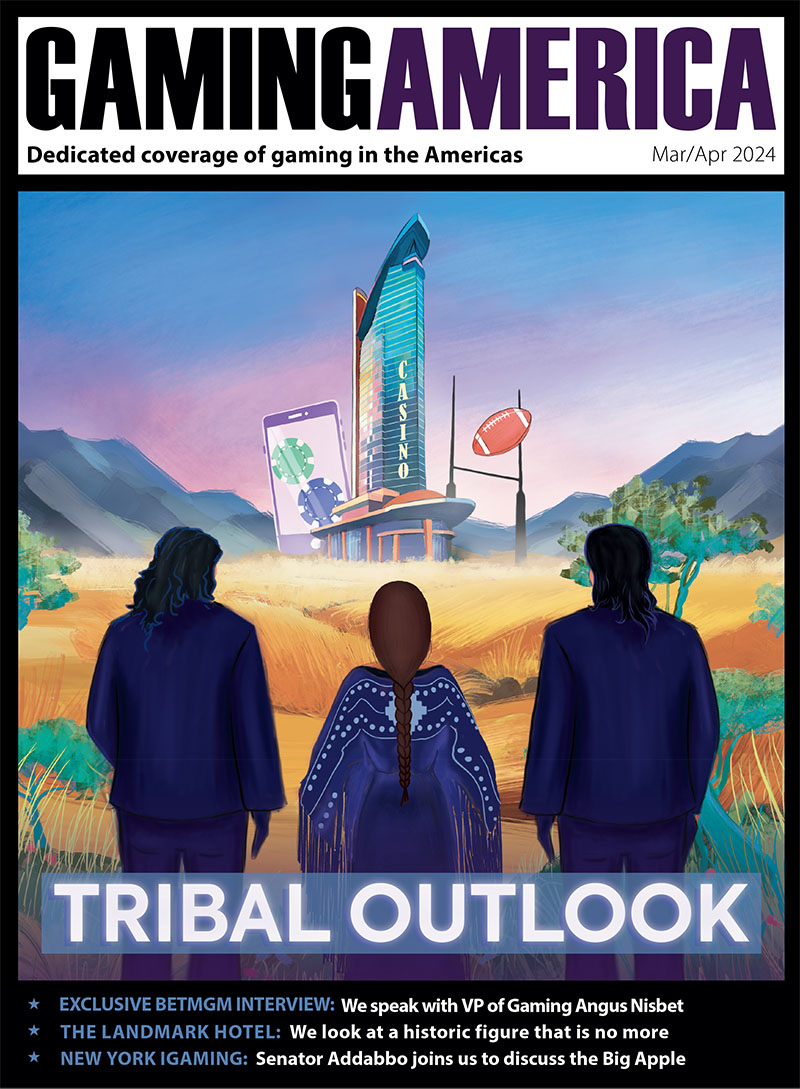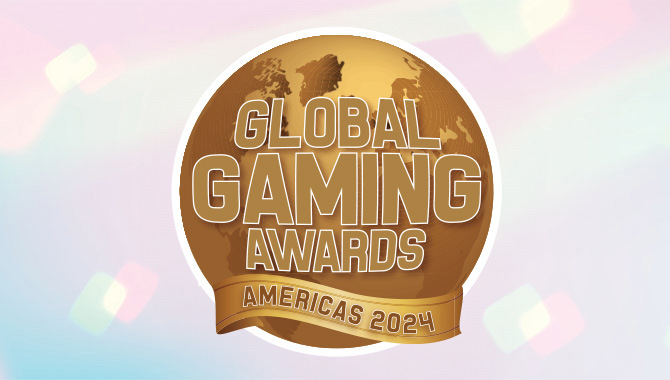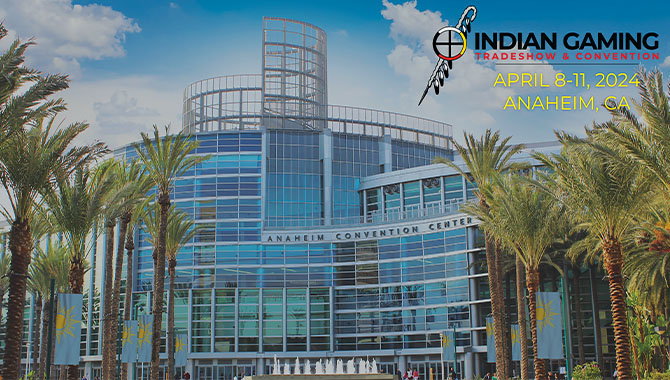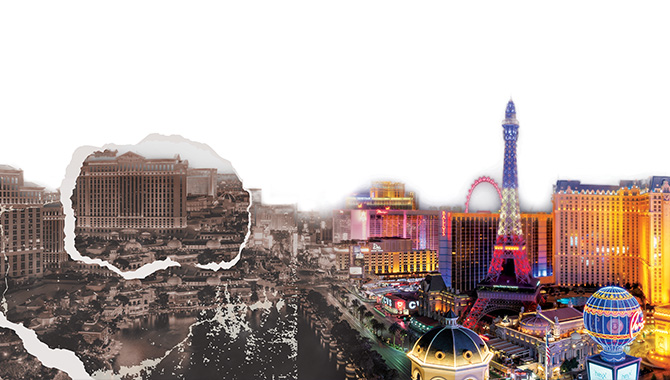
The past 25 years have seen some of the world’s most exciting and innovative global gaming and hospitality companies emerging from nowhere; from across the US to Korea, to The Dominican Republic, the influence and reach of Native American Tribes is here.
In Nevada, the movement for Tribal resort operators to compete with the established US casino giants in Las Vegas is finally underway.
Growth of tribal gaming
The nascent entrepreneurs within the Tribal gaming industry saw casinos as a means to support Tribal operations, which had faced generations of wider societal neglect, suspicion and injustice. Opposed by many states – and some casino operators – The US Supreme Court confirmed the rights of Tribes to operate and regulate casinos on their land.
Clarified in the shape of the Indian Gaming Regulatory Act of 1988, the legislation set out the operating framework, including Class III gaming, which exists in Tribal-State compacts. The legislation is based on pre-existing practices within the individual state Classes I and II, which are internally regulated and also established the National Indian Gaming Commission (NIGC).
The bold moves, notably by the Seminole Tribe, native in Florida, which opened the Seminole Classic bingo parlor in 1979, have paid off. In the intervening years, 245 Tribes have opened over 520 casinos.
The earliest movers include the most successful, notably the Mashantucket Pequot Tribe Nation (Foxwoods), Shakopee Mdewakanton Sioux Tribe (Mystic Lake) and The Mohegan Tribe, in partnership with South African casino developer Sol Kerzner (Mohegan Sun).
In California, Pechanga Band of Luiseno Indians (Pechanga), San Manuel Band of Mission Indians (Yaamava’) and Morongo Band of Mission Indians (Morongo) dominate the market. However, the largest Tribal property in the USA is Oklahoma’s Chickasaw Nation’s WinStar, which opened in 2003.
The NIGC reports that from $5.4bn gross gaming revenue (GGR) in 1995, Tribal casinos took $39bn GGR in 2021.From providing much-needed resources, some Tribes have grown to become effective corporations, with the sector coming to wider prominence with the near $1bn acquisition of the Hard Rock business by the Seminoles in 2006.
However, there is a clear distinction between Tribes and corporations, with the former acting more akin to an extended family office with Tribal members on board; the casinos remain a means to an end, providing education, employment, careers, training and other life-enhancing investment.
Moreover, the financial benefits have allowed the Tribes to preserve their heritage and build infrastructure to enable wider economic benefit.
A challenge to strategic competitive advantage
My own research into strategic competitive advantage within casino resorts points to two drivers: location and customer loyalty.In many cases, Tribal casinos flourished as they were the only show in town, as gaming was a highly restricted sector.
Indeed, one of WinStar’s primary success drivers is its proximity to the population-heavy Dallas/Fort Worth area and prohibition of gaming in Texas. Likewise with Mohegan Sun and Foxwoods in Connecticut in the northeast.
Over time, these resorts implemented many of the loyalty drivers seen in other markets, to compete against other Tribes, even taking the lead in innovating in technology, offerings and amenities to have facilities that rivaled – and even surpassed – those of the nation’s premier resorts.
Elsewhere, multiple generations of Las Vegas’ operators had three theoretical concerns over the viability of the desert town as a sustainable concern.
First was the proliferation of gaming across America, which would question why someone would travel to a remote town in southern Nevada – a concern that was justified; from 1980 to 2000, the Strip played second fiddle to Atlantic City as the US gaming leader.
Second was an economic downturn, or the grounding of air traffic (although a pandemic closing the casinos was too far-fetched).
The third fear was a tragic incident in the resort corridor that would cause mass fatalities. All these scenarios have occurred and yet Las Vegas has continued to thrive, with growing visitation and revenues, as well as diversification of both its customers and revenues.
To misquote one of Nevada’s former residents, the many reports of Las Vegas’ impending demise “have been greatly exaggerated.”
To mitigate these three concerns, Las Vegas operators sought presences in other markets, both nationally and internationally. Where commercial casinos have been permitted, the likes of Boyd, Bally’s, Penn, Pinnacle, Caesars (and their forerunners, Harrah’s, Eldorado) have built significant portfolios, diversifying their revenues from Nevada and Atlantic City.
Even Wynn’s Boston Encore has luxury leisure on offer, and MGM’s footprint ranges from urban properties in Springfield and Detroit, to National Harbor and Borgata on the East Coast. Macau has proved fruitful for Sands, Wynn and MGM, and Marina Bay Sands stands peerless in terms of performance.
It seems that Sands’ bid to receive gaming consent in Texas has stalled, but New York City is firmly on track, eroding the competitive position of both Tribal casinos in Connecticut, but also in Atlantic City.
However, these moves concerned Tribal operators, who themselves have sought to expand their domestic footprint. What if there is further deregulation of casinos within states, thus permitting commercial operators to enter the market and challenge their primacy? A well-disciplined and funded Tribal lobby has resisted such attempts in many states.
However, it was perhaps these factors that gave rise to the idea that now is the time for the Native American Tribes to consider entry to Las Vegas, the most competitive market on Earth – and one with little regulatory barriers to entry for established operators, such as the now well-schooled and highly professional Tribal operators.
A different decade
In the 1990s, as Tribal gaming was emerging as a serious business, Las Vegas’ ownership was significantly diversified, but by 2010 there had been significant consolidation.
MGM had acquired Mirage and Mandalay Resorts, Harrah’s had acquired Caesars Entertainment and other independents on The Strip, plus taken active strategies to increase customer loyalty.
Evidence on customer behavior contrasted from research taken in 2021 compared to 2011; indeed, it shows a marked increase in customer loyalty – and thus success from existing operator strategies.
This makes entry to the consolidated Las Vegas market for new operators much harder, particularly without a differentiated offering and, more importantly, without an established database of customers.
This was the narrative of The Cosmopolitan, which took several years of operation until profitability and may explain the apparent relative underperformance of Genting’s Resorts World – the two newest ground-up developments – on the Strip.
Evidence also shows that 84% of visitors are members of MGM’s loyalty program and 69% of Caesars Rewards, compared to under 40% of any other single players’ club.
Strategically, the regional diversification model of Boyd, Caesars, Penn and MGM allowed them to exercise a hub-and-spoke model, where local players can redeem points and receive benefits for their play in Las Vegas, thus driving loyalty to the commercial casinos, an option not available for standalone properties who can only offer local redemption.
With these considerations, Tribal operators began to advance their own strategies.
Entering the market
At time of writing, we have seen several Native American Tribes make moves into the Las Vegas market, with a myriad of strategies deployed. The first entrant to the market was Mohegan Sun, who took part in a unique operating experiment conceived by Richard Bosworth, CEO of JC Hospitality.
After the acquisition of the off-Strip Hard Rock, which for legacy reasons was not operated by the Seminoles, Bosworth compiled a portfolio of brands and partners within the resort.
Hospitality giants Virgin and Hilton were engaged, with the new resort branded as the former and the hotel under the Curio brand of the latter. Restaurants were a selection of leases, licenses and joint ventures; AEG ran the entertainment and, most uniquely, the casino and sportsbook were to be licensed and operated by third parties.
The sportsbook was the first Nevada concern for UK bookmaker Betfred, and Mohegan Sun was selected to operate the casino – and only the casino.
So, at the Virgin Hotel, guests could book through Hilton’s platform, dine at independent restaurants, see a show programmed by AEG and play at The Mohegan Sun Casino – difficult to navigate for customers, operators and marketers alike!
The theory was intended for the unconnected brands and established databases to leverage off each other; however the experiment is yet to be proved, with the component parts yet to align cohesively. Bosworth stepped down as CEO in March this year.
Mohegan operates a handful of resorts across the USA and Canada and is currently completing the $5bn Inspire Resort in South Korea. Mohegan has lots to do in Las Vegas to meet its aspirations that exist in other markets.
Meanwhile, The Palms in Las Vegas was an innovator. On opening in 2001, it catered for both the younger customer at the weekend, with a decorated nightlife program, while capturing local players during midweek.
After a recession-induced bankruptcy, the property struggled to find a role in the new Las Vegas, which had successfully adopted many of the drivers of The Palms’ success.
A second wind beckoned for The Palms when Station Casinos acquired the property for over $300m and invested over $650m in the new asset, in an attempt to restore it to former glory.
Despite this investment, the reinvention was cut short due to the Covid-19 pandemic and, like many casinos in the portfolio, Station chose to exit the asset rather than reopen.
San Manuel, who had been scouting the market for an asset operator, took advantage, and with the $650m acquisition of The Palms, the Yaamava’ operators became the first Tribal owners and operators of a full Las Vegas casino resort.
As The Palms had recently renovated the podium, restaurants and 703 rooms, there was little major work required, but a repositioning was required to reduce some of the idiosyncrasies found in Station’s ownership and elements unaligned to San Manuel requirements.
However, the competitive advantage enjoyed in Yaamava’, that of being the only casino in the San Bernadino area of California, is absent in the hyper-competitive arena of Las Vegas.
Was San Manuel seeking to own a resort to operate on the scale of Yaamava’? Clearly not, but it has recognized that its customers also take trips to Las Vegas and, when they do so, they do not benefit from the existing Yaamava’ relationship.
Thus, by operating in Las Vegas, San Manuel can service its existing customers’ needs, plus hopefully offer an attractive alternative to the corporate operators that dominate the Strip. Finally, the Tribe has diversified its revenue and is now holding an additional asset of some value, providing greater benefits to its members.
The third case study is more complex; we are dealing in the world of speculation, as the Seminoles’ acquisition of the beloved Mirage, with plans to redevelop it to a Hard Rock, is at the most tentative of steps. But the rationale is evident.
There is no doubt that Hard Rock is already one of the most recognized and globally diversified hospitality brands in the world; from restaurants to hotels to casinos, the company operates globally. Its absence in Las Vegas was noticeable.
To remedy this, Hard Rock understood the strategic basics. Firstly, location and by acquiring (the operating lease of) The Mirage, they took over an asset that was in prime position. It was proven in terms of occupation, revenues and with scope to expand.
Secondly, Hard Rock has a database of gaming customers from across the US and a high level of brand loyalty.
After making significant capital improvements to the property over a three-to-five-year horizon, with a new brand, a guitar tower with best-in-market room product and a range of new amenities, nobody will be mistaking The Hard Rock Las Vegas with The Mirage. This will be a new property, competing at the highest level in the entertainment capital of the world.
The fourth category of market entrants is far more under the radar. Quietly, Native American Tribes have been buying land across the city. It was reported earlier this year that MGM sold 13 acres to the Mandan, Hidatsa and Arikara (MHA) Nation Tribes, adjacent to 8.7 acres acquired in 2021.
Others are monitoring the market for land or potential resort acquisitions.
Meeting the strategic challenge
Tribal gaming in North America has moved into maturity with confidence and ambition.There are similarities with family-run businesses, such as Station and Boyd, who sought to diversify out of Las Vegas, as well as with the experiences of Harrah’s, Eldorado and Genting, who came from outside the market to seek a presence on the Strip.
It is curious that no Native American Tribe has invested in Downtown Las Vegas, the traditional starting point for gaming entrepreneurs; seeing the possibilities provided by Circa, the potential is evident.
It would be fair to assume that having accumulated both customers and knowledge for several decades and facing the potential of external threat, the diversification case for Native American Tribes to enter Las Vegas is clear.
Despite the evident success of Tribal casinos, Las Vegas stands alone as the premier business, entertainment and sports tourism destination location, with a global reach and sustained, diversified revenues.
It is established – and if forecasts are correct – the city is only going to grow. However, the challenges facing Native Americans coming to Las Vegas are considerable; how to enter a competitive market most effectively, and how to break the loyalty grip held by the established operators.
The journey has begun.


